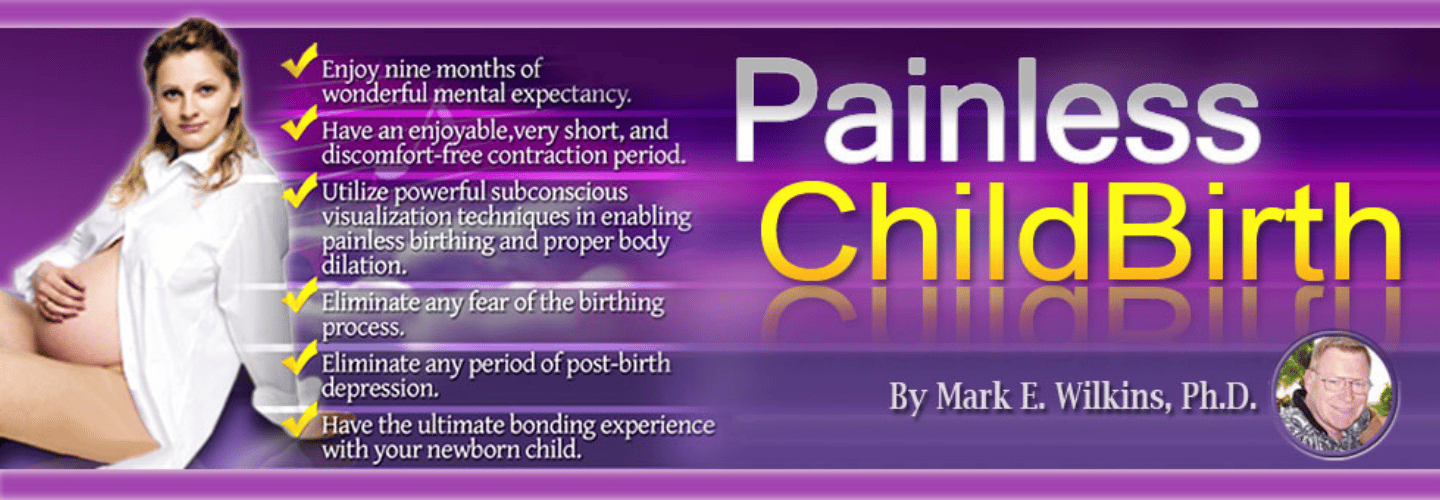
Exploring self-hypnosis in labor can greatly enhance relaxation and pain management for expectant mothers. Techniques such as controlled breathing and guided visualization help reduce stress, manage fear, and modify the perception of pain during childbirth. These tools empower women to maintain a sense of calm and control, improving their overall birthing experience. By embracing these strategies, mothers can discover deeper tranquility and effectiveness in coping with the challenges of labor, potentially making their journey into motherhood smoother and more positive.
Key Takeaways
- Self-hypnosis in labor enhances mental preparation and reduces stress, fostering a calmer childbirth experience.
- Controlled breathing techniques optimize pain management by regulating oxygen flow and calming the nervous system.
- Guided visualization during labor creates calming imagery, altering pain perception and reducing anxiety.
- These techniques together improve psychological readiness, promoting emotional control and a positive mindset throughout childbirth.
- Overall, hypnosis methods contribute to a less painful, more controlled, and emotionally satisfying birthing process.
Exploring the Power of Self-Hypnosis in Labor
Why might self-hypnosis be a transformative tool for women during labor?
Self-hypnosis offers significant benefits, primarily through enhanced mental preparation and stress reduction. This technique fosters a profound state of relaxation and focus, which is essential during the intense phases of labor.
By mentally preparing themselves, women can alter their perception of pain, potentially diminishing its intensity. Furthermore, self-hypnosis empowers them to manage anxiety and fear associated with childbirth.
This psychological readiness not only promotes a calmer birthing process but also improves overall satisfaction with the experience, making self-hypnosis a valuable skill for expectant mothers.
Mastering Controlled Breathing for Pain Management
As labor progresses, mastering controlled breathing emerges as a critical tool for pain management. This technique involves adopting specific breathing rhythms that help manage the perception of pain.
By focusing on slow, deep inhalations and exhalations, expectant mothers can better regulate their body's response to pain. This controlled approach not only optimizes oxygen flow to both mother and baby but also calms the nervous system, fostering a greater sense of control.
Ultimately, these breathing techniques contribute to a reduction in pain intensity and a more positive birthing experience, helping mothers navigate the challenges of labor with increased calm and focus.
Enhancing Labor With Guided Visualization Techniques

Building on the foundation of controlled breathing, guided visualization techniques offer another powerful tool for managing labor pain and anxiety. Through the creation of visualization imagery, expectant mothers can mentally transport themselves to calming landscapes, considerably easing the labor process.
These methods not only provide distraction but also enhance physical relaxation.
Key benefits include:
- Reduction of Stress: Engaging with serene images lowers stress hormones.
- Pain Management: Visualizing peaceful scenarios can alter pain perception.
- Emotional Control: Maintains a positive mindset by focusing on calming mental images, fostering a more manageable and empowering birthing experience.
Frequently Asked Questions
Can Self-Hypnosis Reduce the Need for Medical Pain Relief?
Self-hypnosis may reduce the need for medical pain relief during labor by enhancing relaxation, altering pain perception, and providing effective coping mechanisms, consequently serving as a beneficial alternative for pain management.
Are These Techniques Safe for Both Mother and Baby?
Regarding safety for mother and baby, these techniques emphasize safety measures and support maternal health. They are generally considered safe when practiced correctly, enhancing comfort without compromising the well-being of either mother or baby.
How Early in Pregnancy Should I Start Practicing These Techniques?
To optimize benefits, one should begin practicing self-hypnosis and controlled breathing techniques in the first trimester, incorporating daily practice. This early start allows ample time for mastery and enhances comfort and efficacy during labor.
Can Hypnosis Help Shorten the Duration of Labor?
Hypnosis serves as a bridge, potentially shortening labor duration by enhancing relaxation and focus. Its effectiveness varies, but many report quicker, more controlled births, underscoring its value in managing the rhythms of childbirth.
What Are the Signs That These Techniques Are Working Effectively?
Indicators of effectiveness include reduced anxiety, controlled breathing, and a sense of calm. Positive feedback signals are consistent focus, diminished perception of pain, and enhanced overall satisfaction with the experience.
Conclusion
To summarize, the integration of self-hypnosis, controlled breathing, and guided visualization techniques in labor can greatly enhance the birthing experience. A remarkable statistic reveals that 80% of women who employ these methods report a reduction in anxiety and pain perception during childbirth. This evidence underscores the transformative potential of relaxation techniques, not only in mitigating discomfort but also in empowering women to experience a more controlled and joyful journey into motherhood.




